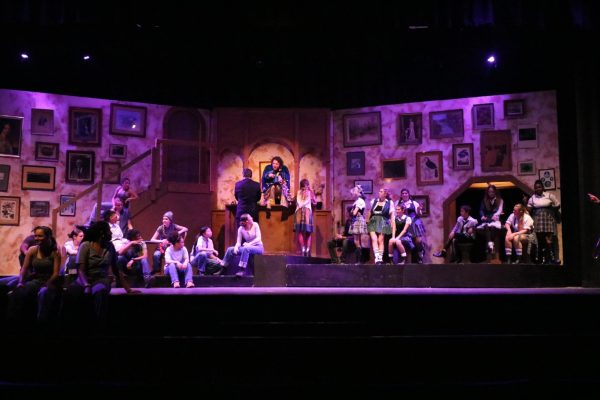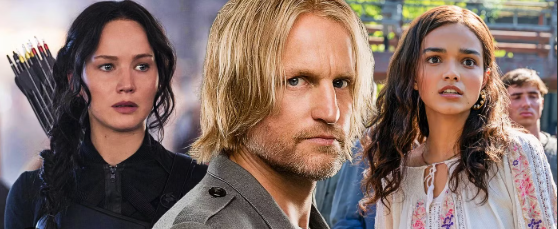Celebrating Kwanzaa
Kwanzaa holiday concept with decorate seven candles red, black and green, gift box, pumpkin, bowl and fruit on light blur bokeh background
Kwanzaa, while not a religious holiday, is an annual celebration of Pan-Africanism and the diaspora of many different African cultures. Each family celebrates it in their own way. Lasting for seven nights from December 26th to January 1st, families often celebrate through songs, dances, African drums, storytelling, poetry reading, and a traditional meal.
Traditional meals include dishes such as catfish, collards, macaroni and cheese, jerk chicken, gumbo, Jollof rice, Groundnut stew, and okra. On each night, the family gathers and a child will light a candle on the Kinara (the candle holder) which holds seven candles. Then, one of the seven principles corresponding to the night is discussed.
The seven principles are called Nguzo Saba and are values of the African culture that establish a community among African-Americans. These principles include Umoja (unity), Kujichagulia (self-determination), Ujima (collective work and responsibility), Ujamaa (cooperative economics), Nia (purpose), Kuumba (creativity), and Iami (faith).
Each of the candles on the Kinara represents a different principle of Kwanzaa; the black candle in the middle, representing unity and the most important principle of Kwanzaa, is first to be lit. “Habari gani” is the traditional Swahili greeting to friends, translating to “what is the news?” In response, one should respond with the principle of the day.
In addition to the seven principles, there are important holiday symbols. The mazao, or the crops, symbolize the collective work of the holiday and reinforce their responsibility to each other. The mkeka, or the place mat, represents their history and culture. The vibunzi, or the ear of corn, symbolizes fertility, as each ear stands for a child in the family. The mishumaa saba (the seven candles) express the sun’s power and provide light; there are three red, three green, and one black, each representing a certain principle. The colors also represent African gods. The Kinara which holds the candles represents a foundation from which they all came – the ancestry. The kikombe cha umoja is the unity cup is an important part of the ritual on the sixth night of the holiday.
Finally, zawadi are the gifts given on the final night to encourage growth, self-determination, achievement, and success. The traditions, principles, and symbols together create the celebration of Kwanzaa, a Pan-African holiday which promotes the history and unity of family for many around the world.

Allison is a senior who has written for the Navigator since her freshman year. When not writing for the Navigator, she can be seen playing soccer for both...





